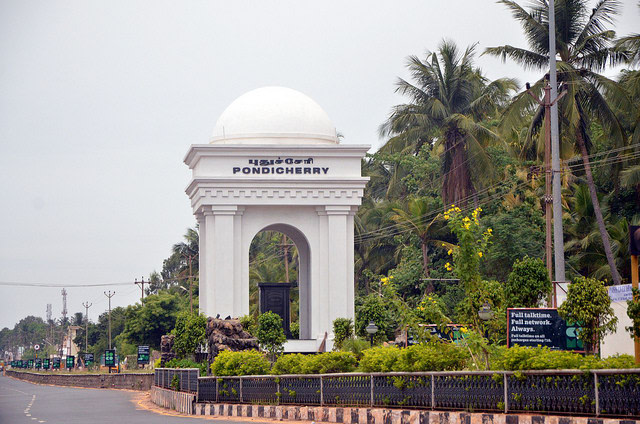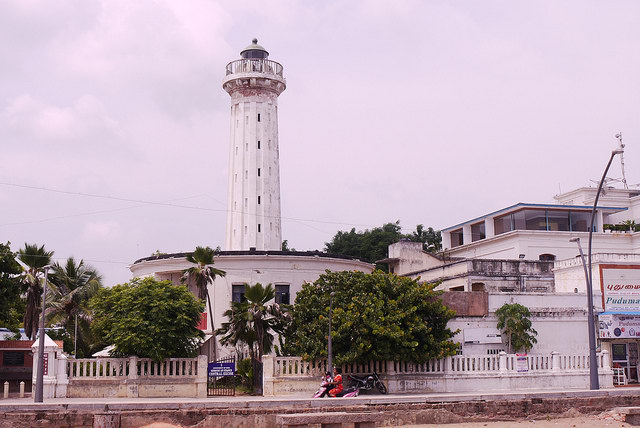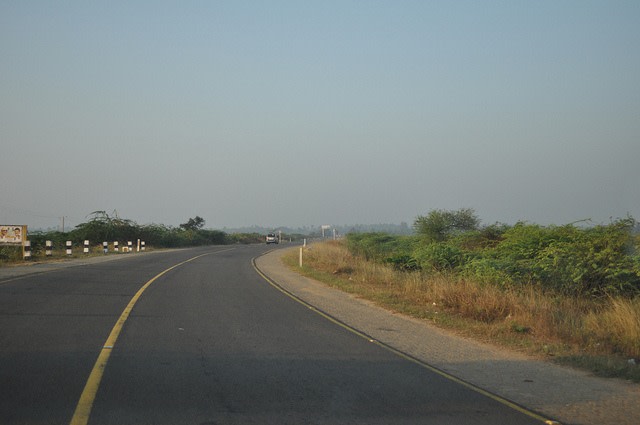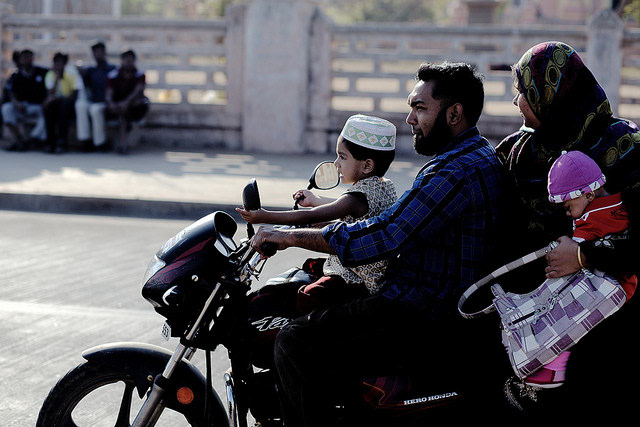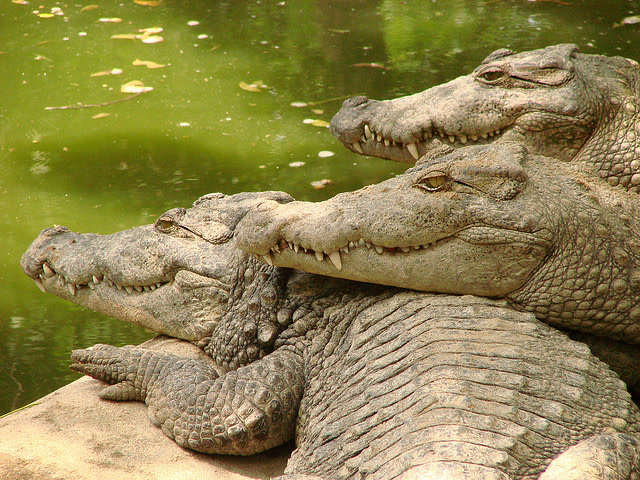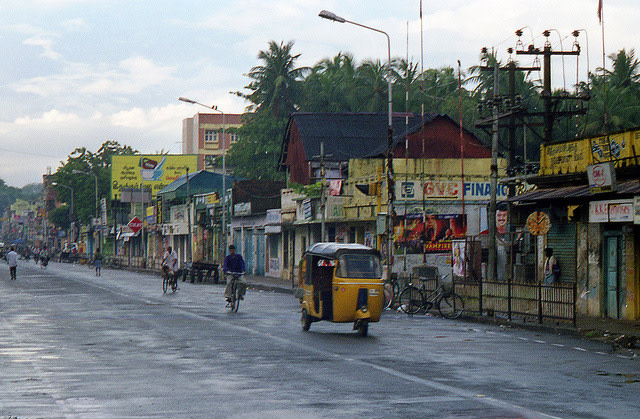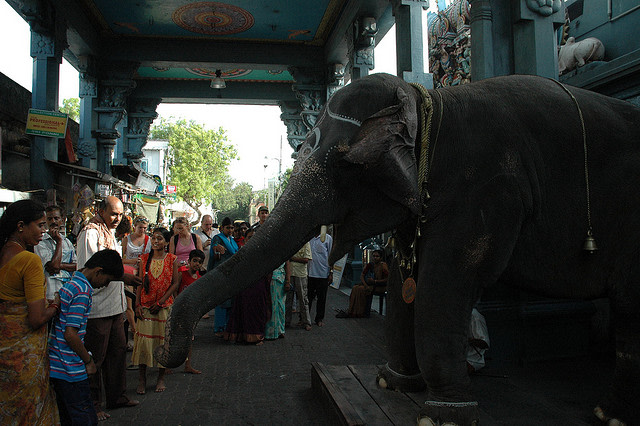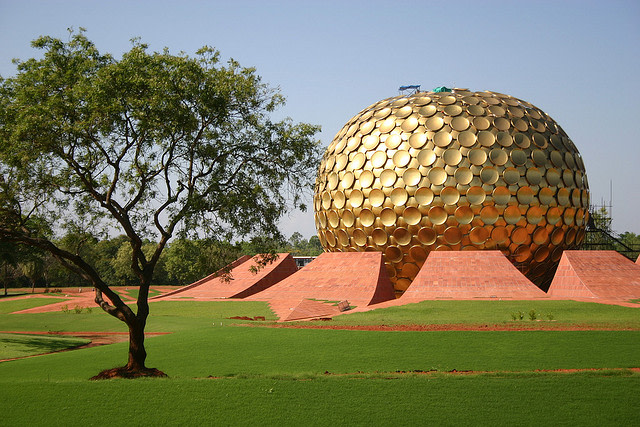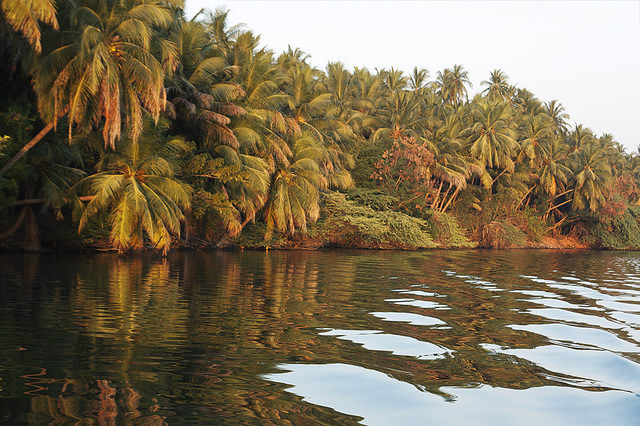| 7 mins read
By Jennifer Mullen
India is oft considered an unlikely destination to take young children, say compared to Euro Disney or the Science Museum in London. But, if you are brave enough to take your children around India, you will find (as I have) that they come away with valuable lessons, those that can never be really replicated in a classroom. One essential destination on such an itinerary should be the former French colony of Puducherry, more popularly known by its old name of Pondicherry, a union territory positioned on the eastern coast of India.
A little Background..
If Pondicherry were a character from a novel, she would be the smaller and more elegant French cousin of Tamil Nadu’s capital city, Chennai. She would be wearing a dress the colour of tarte au citron and would have a sprig of cerise bougainvillea in her hair; yet not forgetting this is still India, her knees would be grubby and she would be riding a motorcycle, enthusiastically bashing the horn. Pondicherry itself has an average literacy rate of 76%, in comparison to India’s national average of 59.5%. The most famous popular literary reference to Pondicherry is Yann Martel’s main character in his award winning novel, Life of Pi, about a young boy, who is from Pondicherry.
Pondicherry offers the opportunity for the whole family to learn some interesting history lessons. Little is known about Pondicherry’s history pre-colonial times, but the key date of the French East India Trading company establishing a trading centre at Pondicherry is 1694. From then on there was constant bitter quarrelling with the Dutch and the British regarding ownership, until Pondicherry finally became a Union territory, and a part of India, in 1963. The French influence, however, remains very strong today.
Getting There!
Travel to Pondicherry implies that you will be heading south from Chennai, a journey of approximately 120Km down the East Coast Road. If you hire a car, it is also advisable to hire a driver, as India’s roads are notoriously treacherous. Top of the pecking order are the buses, which have the absolute right of way and effectively barge their way along the road. Everyone frenetically uses their horns and one can witness some overtaking manoeuvres that will have you covering your eyes and cowering in your seat. But it is funny how quickly one finds order in the chaos and considering how close to edge Indians drive, there are surprisingly very few accidents. Ask your tour guide to book you a reputable car company, who have seatbelts in the back, as this is alarmingly not so common. Travellers are also expected to cover the cost of the driver’s” batta” (accommodation and expenses allowance), and this is usually very economical.
A very common sight in India is seeing families of up to five or more people on two wheelers. Mothers riding pillion often have a bag of shopping in one hand and a baby in the other. This clearly should only be attempted by locals!
If you have time on the way down, the Crocodile Bank just before Mamallapuram is well worth seeing with kids, not only for the hundreds of sinister dozing crocodiles from all over the world, but also for the demonstrations of extracting venom from spitting cobras. Historic Mamallapuram is also a stunning UNESCO World Heritage listed site, famous for its stone carvings and temples, which much to the kids’ delight, they can still climb on and touch (can you imagine this being allowed at Stonehenge these days?). Here you will most probably be approached by a lot of opportunistic local guides with varying levels of knowledge. If in doubt, it is best to book a reputable Mamallapuram tour guide in advance, who can take you round all of the historical points of interest, as these are scattered all over the town.
Welcome to Pondy!
Arriving in Pondicherry, you will notice the outskirts of the city are dirty and chaotic. It is, however, the colonial French quarter, where the feelings of nostalgia for a bygone era will be evoked. Your Pondicherry tour guide will walk you through the cobbled streets, which are more pedestrian friendly now that cars have been banned, although one does still have to watch out for auto rickshaws and motorbikes. Freshly made French cuisine, such as crevettes (prawns) or steak au poivre can be sampled in pastel coloured restaurants, such as Café des Amis, which is located next to the French cinema. Even the Pondicherry police contribute to the Gallic influence, proudly wearing red pork pie shaped hats. Also take some time to watch the world go by on the main Promenade by the beach, which has a true Mediterranean vibe.
If you have small children, who tire easily, then hire a rickshaw for 20 minutes to drive you around, which is a pleasant experience compared to other Indian cities, where the traffic fumes can be suffocating. Remember to always haggle with the drivers in advance, to negotiate a better price. If you think you are being ripped off, throw your hands in the air in a true dramatic French style and exclaim: “Romba Jaasti!”, which should be understood in Tamil as: “that is far too much!”.
For children, no visit to Pondicherry would be complete without seeing the Sri Manakula Vinayagar Temple, whose most famous resident is Lakshmi the elephant. In return for a small gift, such as a few rupees, she will bless you by tapping you on the head with her trunk. The temple is dedicated to the God Ganesh, whose elephant head makes him easy to identify. Many cars in India have a small Ganesh statue on their dashboard and small children will delight in recognising it when they climb into a taxi.
About half an hour by car outside of Pondicherry, there is the famous experimental township of Auroville, whose name means “City of Dawn”. The purpose of Auroville is to realise human unity, where residents can live in peace and harmony. At the centre of the township is the impressive structure of the Matrimandir, which is a giant golden sphere, next to a banyan tree. The Matrimandir is equipped with its own solar power plant and the manicured gardens surrounding it are peaceful and immaculate. Although the aim of the township is tranquillity and serenity, which is not always the case traveling with small, hungry children, you do come away feeling somewhat more calm (and if the silence of the place doesn’t rub off on the small passengers, the café in Auroville sells excellent brownies, which also may help!).
A trip to the “Riviera of the East” can make for an enjoyable experience for travellers, both young and old. Do your research and plan the trip well, but having spent a weekend in her company, Pondy with her yellow dress and yellow rickshaws, will inspire some fond travel memories for many years to come.
(Jen Mullen is a seasoned traveler, having lived and worked in the UK, Germany, Switzerland, Australia and most recently South India. In her opinion, the best parts about traveling are meeting the locals, sampling as much new food as possible, and making an effort to learn new languages)
Image Details and Licenses: https://flic.kr/p/9fkugC (Maurya Rohit, CC BY-NC-SA 2.0),https://flic.kr/p/af4Y9M (Ashwin Kumar, CC BY-SA 2.0), https://flic.kr/p/aAy2oN (Barry Pousman, CC BY 2.0), https://flic.kr/p/a1nBJX (Maurya Rohit, CC BY-NC-SA 2.0), https://flic.kr/p/kx63kC (Gwenael Piaser, CC BY-NC-SA 2.0), https://flic.kr/p/6KxysC (Adam Jones, CC BY-SA 2.0), https://flic.kr/p/7w7Q9e (Sandip Bhattacharya,CC BY 2.0), https://flic.kr/p/a421yM (Ryan, CC BY 2.0), https://flic.kr/p/6NxePS (Johannes H. Jensen, CC BY-NC-SA 2.0), https://flic.kr/p/4J1PL9 (April Rinne, CC BY-NC-SA 2.0), https://flic.kr/p/9n6foE (Barabeke, CC BY-NC-SA 2.0)


